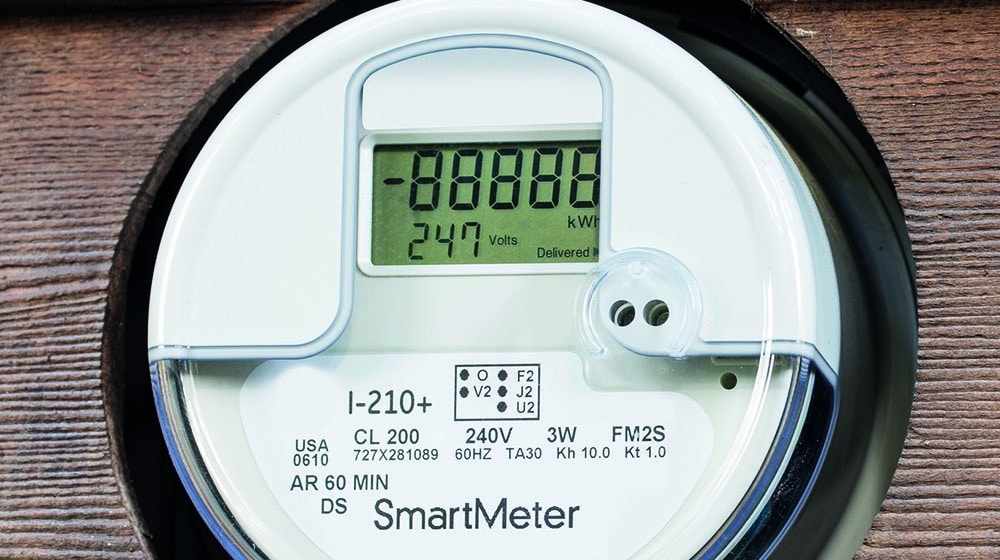The electricity authority (EAC) was informed that the installation of 400,000 smart-meters – a crucial element for upgrading the island’s grid – has been freed from the limbo of tender process delays, it emerged on Thursday.
Protracted problems with the tender for the supply and installation of the meters ended suddenly after an appeal filed by an unsuccessful Chinese bidder was withdrawn, Philenews reported.
The EAC should now be in a position to proceed swiftly with the supply and installation of the first batch of smart meters by the winning contracted company, NewCytech.
EAC had approved NewCytech’s tender offer in April 2022, but this was followed mid-month by an appeal filed by Chinese company Ningbo, which requested annulment of the decision and a hiatus in EAC activity, pending its processing. EAC did not object to avoid an even longer procedure before the reviewing authority.
The hearing had been expected to begin June 1, however, the reviewing authority announced on Wednesday that the lawyer for the Chinese company had withdrawn the appeal.
EAC’s plan, submitted to Parliament during 2023 budget deliberations, had outlined a three-year installation programme of 400,000 smart meters, according to the energy regulatory authority’s (CERA’s) decision in 2018.
The intention was to install approximately 130,000 meters per year, but given the five-month delay, the number of meters installed this year is likely to be lower.
CERA has said that the smart metering system will ensure the safety and stability of the network by allowing transmission and distribution operators remote control of photovoltaic systems and real-time retrieval of data.
The meters will enable optimisation and reliable forecasting of load, supply and demand, thereby facilitating maximum penetration of electricity from renewables.
Remote readings and disconnection will also be enabled, for example, in the case of areas that may be difficult to access or in the event of non-payment of bills.
The system is also expected to enable faster detection of faults and re-supply of energy.







Click here to change your cookie preferences